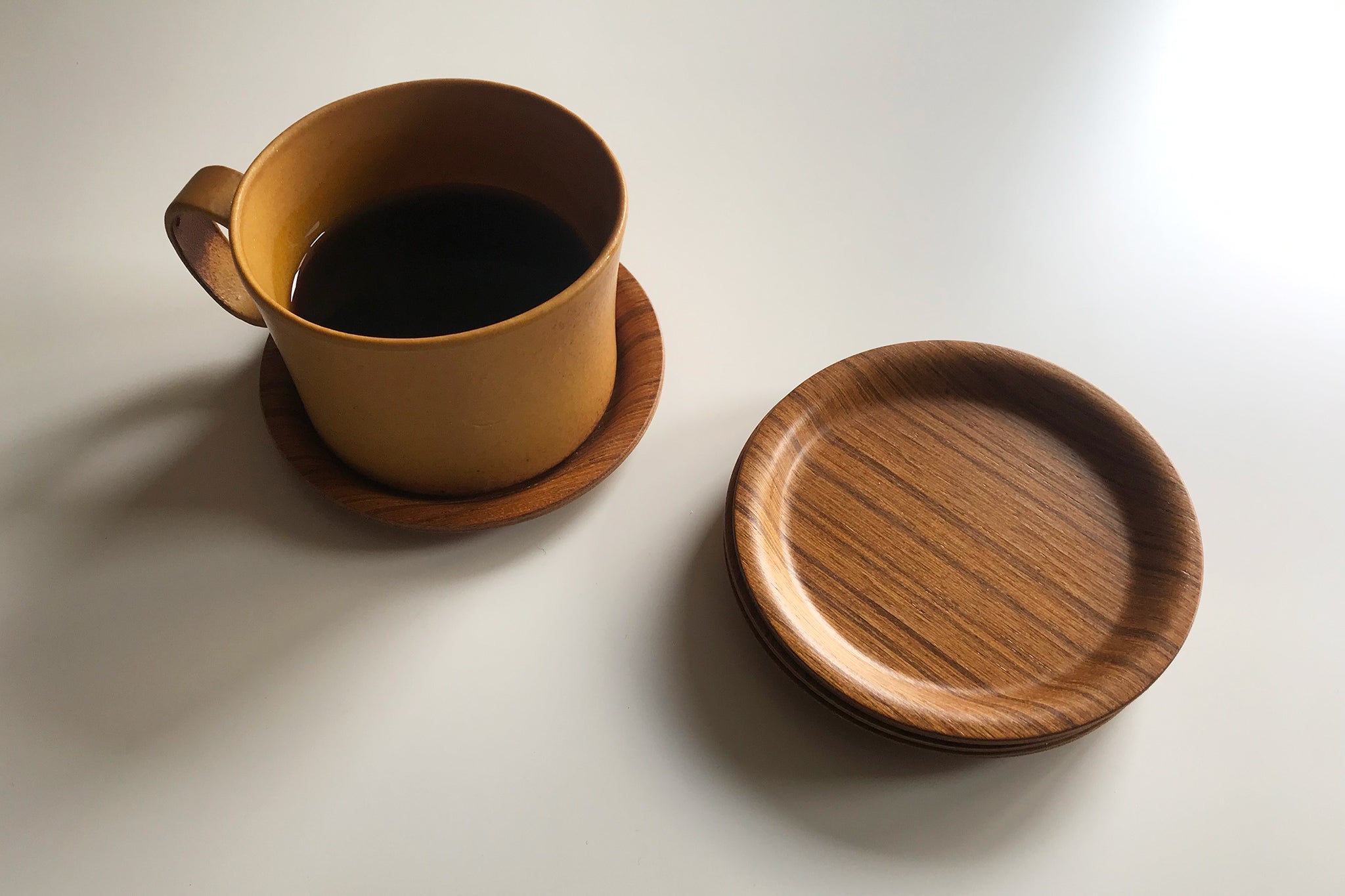

Tableware
How Do Coasters Work
Modified: October 20, 2024
Discover the science behind how coasters work as essential tableware to protect your surfaces while adding a touch of style. Explore the benefits of using coasters and find the perfect ones for your home.
(Many of the links in this article redirect to a specific reviewed product. Your purchase of these products through affiliate links helps to generate commission for Storables.com, at no extra cost. Learn more)
Introduction
Coasters are common household items that serve a practical purpose – protecting our beloved tables and surfaces from water rings and spills. These small but mighty tableware accessories have been around for centuries, providing a simple yet effective solution to a common problem. But have you ever wondered how exactly coasters work?
In this article, we will explore the fascinating world of coasters and unravel the science behind their functionality. From the different types of coasters to the materials used and the intricate design details, we will delve into the mechanics of these tableware essentials. So, grab your favorite beverage, place it on a coaster, and let’s dive into the captivating world of coaster engineering.
Key Takeaways:
- Coasters are not just stylish tableware accessories; they are essential for protecting surfaces from moisture, heat, and condensation. Choose from a variety of materials and designs to add both functionality and charm to your home decor.
- The science behind coasters reveals their ability to disrupt surface tension, harness capillary action, and provide insulation. By understanding their functionality, we can appreciate how coasters effectively protect our furniture while adding a touch of style to our everyday lives.
Read more: What Are Coasters For
The Purpose of Coasters
The primary purpose of coasters is to protect tables, countertops, and other surfaces from damage caused by moisture and heat. When a hot or cold beverage is placed directly on a surface, condensation forms, creating moisture that can seep into the material, leaving unsightly water rings or even causing long-term damage.
Coasters act as a barrier between the beverage and the surface, preventing moisture from coming into direct contact with the material. By placing a coaster underneath your drink, you create a protective layer that absorbs any excess liquid, preventing it from damaging the surface.
Furthermore, coasters also provide an added layer of insulation. When a hot beverage is placed on a coaster, it helps to prevent heat transfer between the drink and the surface, thereby protecting the tabletop from potential heat damage. Similarly, when a cold beverage is placed on a coaster, it helps to keep the drink cool by isolating it from the warm surface.
Beyond their practical purpose, coasters can also be a stylish and decorative addition to your home décor. They come in a wide variety of designs, colors, and materials, allowing you to express your personal style and add a touch of elegance to your living space. Whether you prefer modern, minimalist coasters or intricate, handcrafted ones, there is a coaster out there to suit every taste.
So, the next time you reach for a coaster and place it under your favorite drink, remember that it is not just a simple piece of tableware. It serves a vital purpose in protecting your surfaces from damage while adding a touch of charm and style to your home.
Types of Coasters
Coasters come in a wide variety of types, each with its own unique features and benefits. From traditional to modern, let’s explore some of the most common types of coasters available in the market today.
- Cork Coasters: Cork coasters are a classic choice, known for their absorbent properties. Made from the bark of the cork oak tree, these coasters are eco-friendly and are excellent at soaking up moisture. They also provide a natural, rustic look to your table setting.
- Stone Coasters: Stone coasters, often made from materials like marble or slate, are not only functional but also add a touch of elegance to your home decor. These coasters are durable, heat-resistant, and come in various natural colors and patterns.
- Wooden Coasters: Wooden coasters have a timeless appeal and are available in a variety of wood types such as bamboo, walnut, or oak. They are sturdy, heat-resistant, and can complement both traditional and modern styles.
- Tile Coasters: Tile coasters are known for their vibrant colors and decorative patterns. These coasters are typically made from ceramic or porcelain and can be customized to suit your personal style and home decor.
- Silicone Coasters: Silicone coasters are a popular choice for their versatility and practicality. They are heat-resistant, easy to clean, and often come in a wide range of colors and cute designs.
- Paper Coasters: Paper coasters are disposable and often used in cafes or restaurants. They are lightweight, inexpensive, and can be easily personalized with logos or designs for promotional purposes.
When choosing the right type of coaster, consider your personal preferences, the style of your home, and the level of protection you need for your surfaces. No matter which type you prefer, using coasters will not only serve their purpose but will also add a touch of charm and style to your living space.
Absorption and Evaporation
One of the key mechanisms that make coasters effective at protecting surfaces is absorption and evaporation. When a drink is placed on a coaster, it provides a designated area for any liquid that may be released from the glass or container.
Coasters are designed to be absorbent, meaning they have the ability to soak up the moisture that accumulates on them. The materials used in coaster production, such as cork or fabric, have microscopic pores that can trap and hold liquid.
Absorption occurs when the liquid from the condensation or spill is drawn into the coaster material. The liquid is taken in by capillary action, moving through the microscopic channels within the coaster’s structure. This prevents the moisture from pooling or spreading on the surface underneath the coaster, reducing the risk of damage to the table or countertop.
Once the liquid is absorbed into the coaster, evaporation comes into play. Evaporation is a natural process by which the liquid is converted from a liquid state to a vapor or gas state and is released into the surrounding environment. The absorbed moisture within the coaster slowly evaporates over time, allowing the coaster to dry out and be ready for future use.
The absorption and evaporation process also prevents the moisture from coming into direct contact with the surface. This reduces the chances of water rings, stains, or damage caused by prolonged exposure to liquids. Additionally, by allowing the moisture to evaporate, the coaster helps maintain a dry and clean surface for subsequent use.
It is important to note that the effectiveness of absorption and evaporation may vary depending on the material and design of the coaster. Some materials, such as cork or fabric, excel in absorbing and retaining moisture, while others may have a higher evaporation rate.
By leveraging the process of absorption and evaporation, coasters provide a practical solution to protect surfaces from moisture damage, while also ensuring a convenient and hassle-free experience for users. So, the next time you place your drink on a coaster, appreciate the science behind its ability to keep your surfaces safe and dry.
Coaster Materials
Coasters are available in a wide range of materials, each with its own unique characteristics and benefits. The choice of material can affect not only the coaster’s functionality but also its visual appeal and durability. Let’s explore some common coaster materials and their properties.
- Cork: Cork is a popular material for coasters due to its natural absorbency and heat resistance. It is derived from the bark of cork oak trees and is known for its sustainable and eco-friendly qualities. Cork coasters are lightweight, durable, and have a natural, rustic look.
- Wood: Wooden coasters, made from various types of wood such as bamboo, walnut, or oak, offer a classic and timeless appeal. They are sturdy, heat-resistant, and can be beautifully crafted with intricate designs. Wooden coasters provide both functionality and aesthetic value to your table decor.
- Stone: Stone coasters, often made from materials like marble or slate, are durable and heat-resistant. They have a luxurious and elegant appearance, adding a touch of sophistication to any setting. Stone coasters come in a variety of natural colors and patterns, making them a stylish choice for both indoor and outdoor use.
- Tile: Tile coasters are usually made from ceramic or porcelain and are known for their vibrant colors and patterns. They can be customized to match your decor and personal style. Tile coasters offer a sleek and modern look while providing effective protection against beverage spills.
- Silicone: Silicone coasters are highly versatile and practical. They are heat-resistant, easy to clean, and often come in a variety of colors and creative designs. Silicone coasters are flexible, making them suitable for use with different sizes and shapes of drinkware.
- Fabric: Fabric coasters are made from absorbent materials such as cotton or felt. They are soft, lightweight, and can be easily customized with various prints and patterns. Fabric coasters are commonly used in casual settings and add a cozy and comfortable touch to your table decor.
When selecting coaster materials, consider the specific needs of your household, the style of your home, and the durability you desire. Each material offers its unique combination of features, so choose the one that best suits your preferences and requirements.
Regardless of the material you choose, coasters play an essential role in protecting your furniture and surfaces from moisture damage while adding a touch of style and sophistication to your living space. So, whether you opt for the natural appeal of cork or the elegance of stone, enjoy the functional and aesthetic benefits that different coaster materials have to offer.
Read more: How Do Gutters Work
Coaster Designs
Coasters not only offer functional benefits but are also an opportunity to showcase creativity and add a touch of style to your table setting. From simple and minimalist designs to intricate and decorative patterns, there are countless coaster designs to suit every taste and aesthetic preference. Let’s explore some popular coaster designs that can elevate your home decor.
- Minimalist: Minimalist coaster designs focus on clean lines, simplicity, and understated elegance. They often feature solid colors, geometric shapes, or subtle patterns. Minimalist coasters are versatile and can seamlessly blend with various home decor styles.
- Nature-inspired: Nature-inspired coaster designs incorporate elements from the natural world. This can include floral motifs, leaf patterns, or prints of animals and birds. These coasters bring a sense of freshness and a connection to the outdoors into your living space.
- Abstract: Abstract coaster designs utilize bold colors, unique shapes, and artistic interpretations. They can feature abstract art, splashes of color, or unconventional patterns. Abstract coasters make a statement and add a vibrant and contemporary look to your table setting.
- Vintage: Vintage coaster designs evoke nostalgia and charm, often featuring retro-inspired patterns, old advertisements, or vintage posters. They can transport you to a different era and create a sense of history and character in your home decor.
- Cultural and Ethnic: Cultural and ethnic-inspired coaster designs celebrate the diversity and rich traditions of different cultures. They can feature traditional motifs, indigenous artwork, or symbols that represent specific regions or countries. These coasters allow you to showcase your heritage or appreciate the beauty of other cultures.
- Personalized: Personalized coaster designs offer a unique opportunity to showcase your individuality and make a statement. They can feature custom monograms, initials, family photos, or favorite quotes. Personalized coasters also make thoughtful and meaningful gifts for loved ones.
When selecting coaster designs, consider the overall aesthetic of your home decor, the theme or mood you want to create, and your personal preferences. It’s important to choose designs that not only protect your surfaces but also reflect your style and add a touch of personality to your living space.
No matter the design you choose, coasters are an essential element of tableware that bring practicality and beauty to your everyday life. So, whether you prefer a minimalist and modern look or a whimsical and eclectic style, let your coasters be a reflection of your unique taste and creativity.
When riding a roller coaster, keep your head against the headrest to minimize the risk of injury and maximize the thrill of the ride.
Coasters and Surface Protection
One of the primary purposes of coasters is to provide a protective layer between your drink and the surface it is placed upon. By using coasters, you can prevent damage to your tables, countertops, and other furniture caused by moisture, heat, and scratches. Let’s explore how coasters offer surface protection and can help keep your furniture looking pristine.
Preventing Water Rings: When a cold drink is placed directly on a surface, condensation forms on the outside of the glass. This moisture can seep into the material and leave unsightly water rings. Coasters absorb the excess moisture, preventing it from coming into contact with the surface and leaving behind those unwanted marks.
Shielding from Heat: Hot beverages, such as coffee or tea, can cause heat damage to sensitive surfaces. Coasters act as an insulating barrier, preventing the transfer of heat between the drink and the furniture. This helps protect the surface from potential burns or discoloration caused by prolonged exposure to heat.
Preventing Stains and Spills: Accidental spills can happen, but with a coaster, you can minimize the risk of stains on your furniture. The coaster absorbs the liquid, keeping it contained and preventing it from spreading across the surface. Coasters are especially useful for drinks that may leave stains, such as red wine or colorful beverages.
Reducing Scratches and Scuffs: Coasters provide a soft and cushioned surface for your drinkware, minimizing the risk of scratches or scuffs on your furniture. The coaster acts as a protective barrier, preventing direct contact between the glass or mug and the surface. This is particularly important for delicate or easily damaged materials like glass or high-gloss finishes.
Preserving the Finish: Different surfaces have different types of finishes, ranging from natural wood to polished marble. Coasters help preserve the finish of these surfaces by providing a layer of protection. They prevent abrasive materials, spills, or heat from coming into direct contact with the surface, maintaining its beauty and integrity for years to come.
By using coasters consistently, you can significantly extend the lifespan and beauty of your furniture. These simple tableware accessories offer an easy and effective way to protect your surfaces from daily wear and tear. So, whether you’re enjoying a refreshing iced drink or a piping hot cup of tea, be sure to reach for a coaster and keep your furniture looking as good as new.
The Science Behind Coasters
While coasters may seem like simple and unassuming objects, there is actually a fascinating science behind how they work. The design, material, and even shape of a coaster all play a role in its functionality. Let’s explore the science behind coasters and how they effectively protect surfaces from damage.
Surface Tension: When a drink is placed on a surface, condensation forms on the outside of the glass or container. This is due to surface tension, which causes the liquid molecules to stick together and cling to the glass. Coasters disrupt the surface tension by providing an alternate surface for the liquid to adhere to. This prevents the liquid from spreading and causing damage to the underlying surface.
Capillary Action: The absorbency of coaster materials, such as cork or fabric, is due to a phenomenon called capillary action. Capillary action occurs when a liquid is drawn upward against gravity in narrow spaces or small channels, such as the microscopic pores present in coaster materials. The liquid is pulled into these pores, effectively soaking it up and preventing it from pooling on the surface.
Heat Insulation: Coasters can also act as insulators, preventing heat from transferring between the drink and the surface. Materials like cork or stone have low thermal conductivity, meaning they do not easily allow heat to pass through them. By placing a coaster underneath a hot beverage, it creates an insulating barrier, protecting the surface from potential heat damage.
Evaporation: When a coaster absorbs moisture, it also facilitates the evaporation process. Evaporation occurs when the absorbed liquid is converted into vapor or gas and is released into the surrounding environment. The absorbent nature of coaster materials allows for slow and controlled evaporation, ensuring that the coaster dries out and is ready for future use.
Material Selection: The choice of coaster material can greatly impact its functionality. Porous materials like cork or fabric have a greater capacity for moisture absorption due to their microscopic pores. Non-porous materials like silicone or glass may be less effective at absorbing moisture but can still serve as excellent barriers against heat and spills.
By understanding the science behind coasters, we can better appreciate their importance in protecting our surfaces. Whether it’s through disrupting surface tension, harnessing capillary action, or providing heat insulation, coasters offer a practical and scientifically proven solution to keeping our furniture safe and free from damage. So, the next time you use a coaster, remember the intricate science at work and raise a toast to the ingenious design of these humble tableware accessories.
Coasters and Condensation
Condensation is a natural process that occurs when warm air comes into contact with a cold surface. This phenomenon can cause moisture to accumulate on the outside of a glass or container, leading to water droplets and potential damage to the surfaces it touches. Coasters play a crucial role in managing condensation and protecting your furniture from moisture-related issues.
When a cold drink is placed on a surface, such as a table or countertop, the temperature difference between the glass and the surrounding air causes moisture in the air to condense. This condensation forms on the outside of the glass, creating water droplets that can drip onto the surface. Without a coaster, the moisture can seep into the material, leaving behind water rings or causing long-term damage.
Coasters intercept the condensation process by providing a designated area for the liquid to collect. The coaster absorbs the moisture, preventing it from coming into direct contact with the surface. The absorption is made possible by the material’s ability to draw liquid into its microscopic pores or fibrous structure, effectively trapping and containing the moisture.
Moreover, the absorbent properties of the coaster help regulate the release of moisture over time. This controlled evaporation prevents the liquid from pooling or spreading on the surface and allows the coaster to gradually dry out. By providing a barrier between the condensation and the furniture, coasters help prevent water rings, stains, and potential damage caused by prolonged exposure to moisture.
In addition to absorption, coasters also play a role in managing condensation by providing a surface that disrupts surface tension. Surface tension is the cohesive force that causes water molecules to stick together and cling to surfaces. Coasters, with their flat and solid design, create an alternative surface for the moisture to adhere to, reducing its ability to spread and minimizing the impact of condensation.
By using coasters consistently, especially with cold beverages, you can effectively manage condensation and protect your furniture from the damaging effects of moisture. Whether you choose coasters made of absorbent materials like cork or fabric, or opt for non-porous options like glass or silicone, using coasters is an essential practice to prevent water damage and preserve the beauty of your surfaces.
So, the next time you enjoy a refreshing cold drink, remember to use a coaster and keep condensation in check. Your furniture will thank you for it!
Read more: How To Display Coasters On A Wall
Coasters and Insulation
Coasters not only protect your surfaces from moisture and condensation but also provide a layer of insulation between your drink and the underlying furniture. This insulation plays a crucial role in preventing heat transfer and potential damage caused by hot beverages. Let’s delve into how coasters create a thermal barrier and contribute to heat insulation.
When a hot beverage is placed directly on a surface, such as a table or countertop, heat transfer occurs. The difference in temperature between the drink and the surface causes the heat to flow from the hotter object (the drink) to the cooler object (the surface). This transfer of heat can potentially damage sensitive materials, leave burn marks, or cause discoloration.
Coasters act as insulators by creating a barrier between the hot drink and the underlying surface. The materials used in coaster production, such as cork, stone, or wood, have low thermal conductivity. This means they are not good conductors of heat and do not readily allow heat to pass through them.
When you place a hot beverage on a coaster, the coaster acts as a buffer, slowing down the flow of heat. It reduces the surface area of direct contact between the hot drink and the furniture, limiting the heat transfer. This insulation effect helps protect your surfaces from potential damage caused by heat, including burns, unsightly marks, or the distortion of materials.
Coasters also provide additional benefits when it comes to heat insulation. They can help maintain the temperature of your beverage for longer by isolating it from the surrounding ambient temperature. This is especially useful for keeping hot drinks hot and cold drinks cold, allowing you to enjoy your beverages at the desired temperature for a more extended period of time.
Whether you choose a coaster made from natural materials like cork or stone or prefer a more heat-resistant option such as silicone or tile, using coasters offers an effective way to protect your furniture from heat-related damage. By providing insulation and reducing the direct transfer of heat, coasters ensure that your surfaces remain in pristine condition, free from the negative effects of hot beverages.
So, the next time you reach for a coaster to place your piping hot coffee or tea on, remember that you’re not only protecting your furniture but also benefiting from the insulating properties that coasters offer. Sit back, relax, and enjoy your perfectly cooled or warmed beverage with the confidence that your coasters are keeping your surfaces safe.
Conclusion
Coasters may seem like simple tableware accessories, but they play a vital role in protecting our surfaces and adding a touch of elegance to our homes. From preventing water rings and stains to insulating against heat and managing condensation, coasters offer a range of benefits that go beyond mere functionality. By understanding the science behind their design and materials, we can truly appreciate the impact they have on our daily lives.
When it comes to selecting coasters, the options are endless. From natural materials like cork and stone to modern choices like silicone or tile, there is a coaster out there to suit every style and preference. Whether you prefer minimalist designs, nature-inspired motifs, or personalized coasters that reflect your individuality, each option adds its own unique charm to your table decor.
As we’ve explored, coasters protect our furniture from the damaging effects of moisture, condensation, and heat. They create a barrier that prevents water rings, stains, and scratches, while also providing insulation and controlling the release of moisture. By incorporating coasters into our daily routines, we can prolong the lifespan of our furniture and maintain their pristine condition for years to come.
So, the next time you reach for a coaster, take a moment to appreciate its functionality and the science behind its design. Whether you’re sipping a hot cup of coffee, enjoying a refreshing iced beverage, or hosting a gathering with friends, let your coasters be an essential part of your table setting. Not only will they protect your surfaces, but they will also add a touch of style and sophistication to your living space.
In conclusion, coasters are more than just practical accessories – they are a reflection of our personal style and a reminder to cherish the little details that make our daily lives more enjoyable. So, raise a glass (on a coaster, of course) to the beauty and functionality of these unassuming tableware essentials!
Frequently Asked Questions about How Do Coasters Work
Was this page helpful?
At Storables.com, we guarantee accurate and reliable information. Our content, validated by Expert Board Contributors, is crafted following stringent Editorial Policies. We're committed to providing you with well-researched, expert-backed insights for all your informational needs.
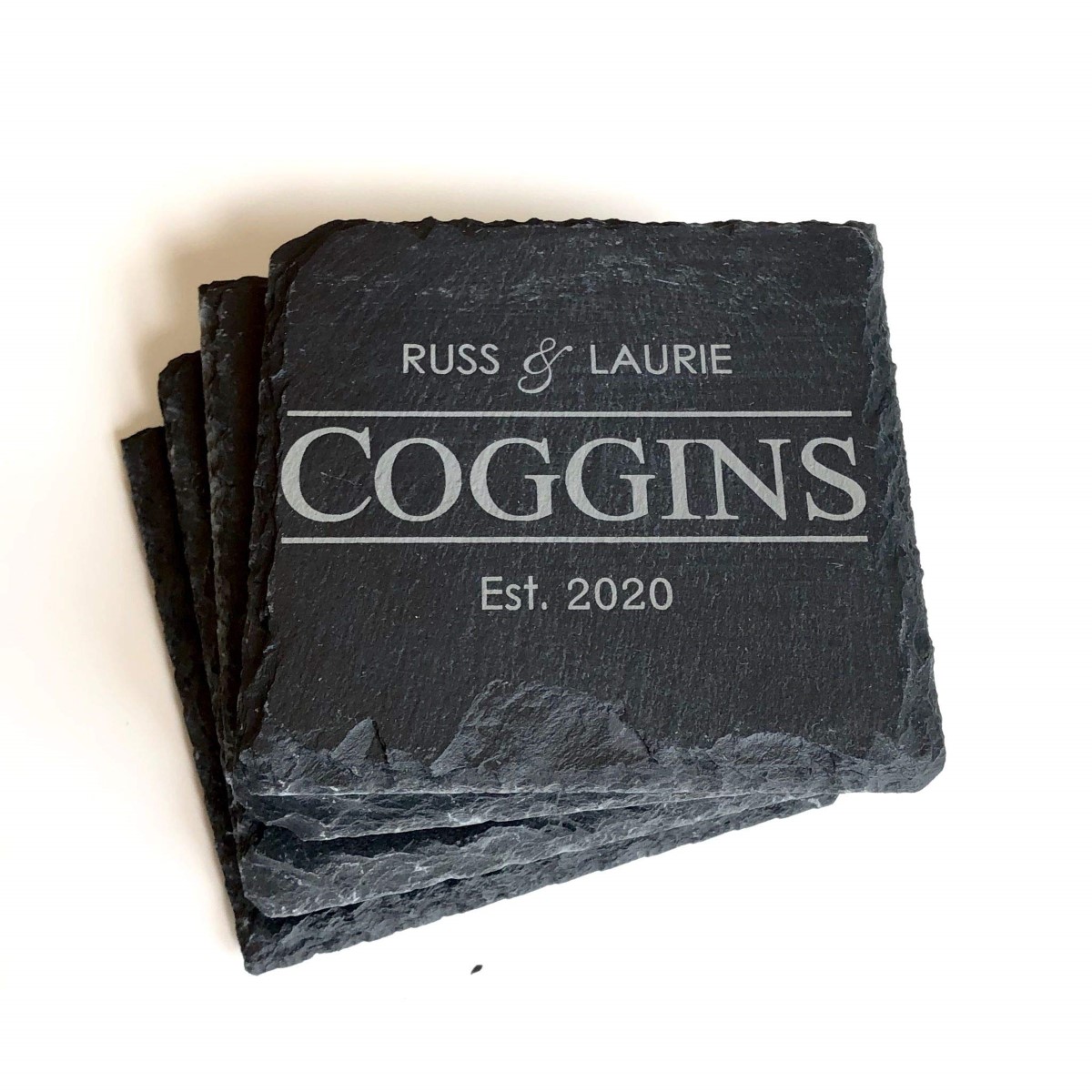
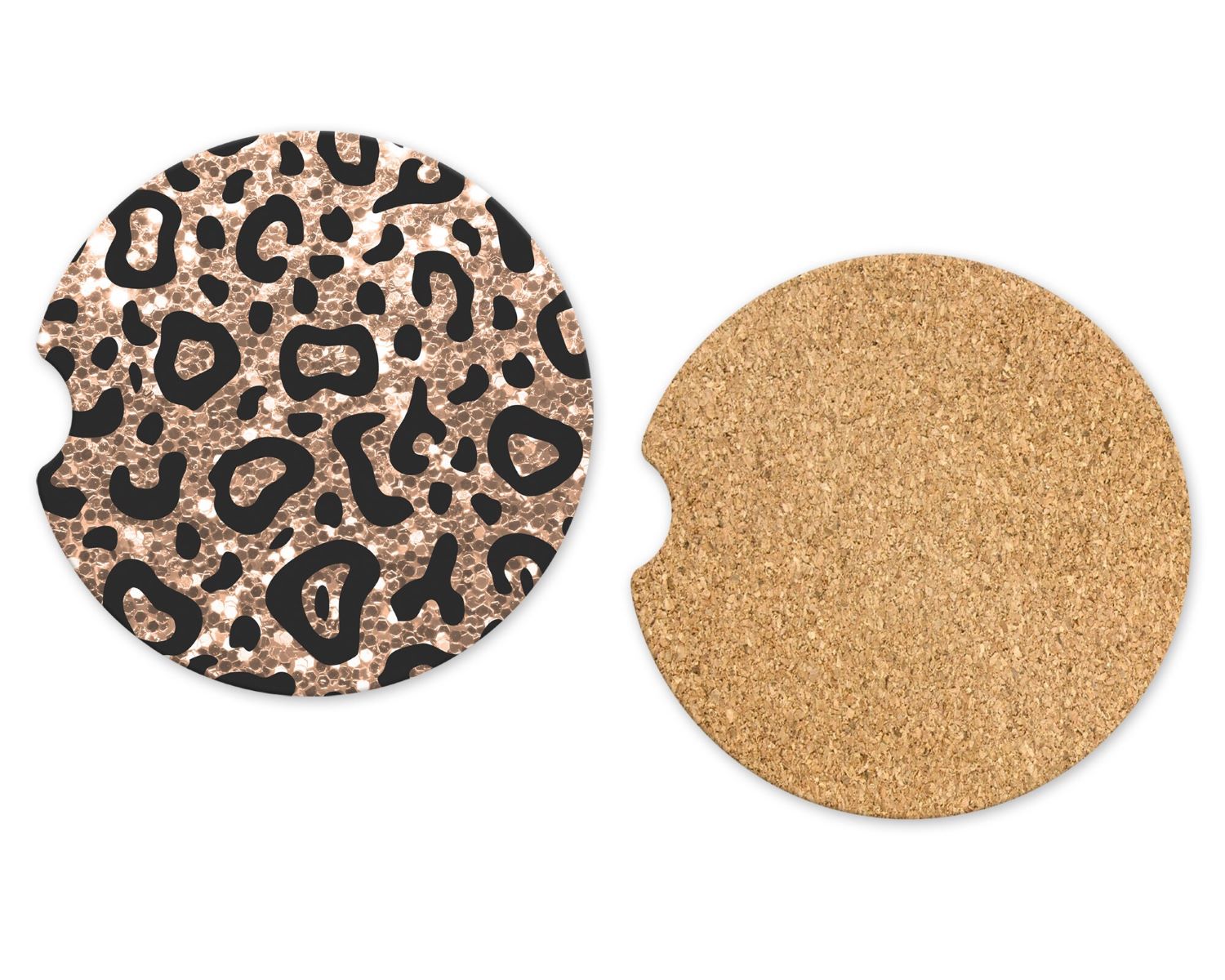
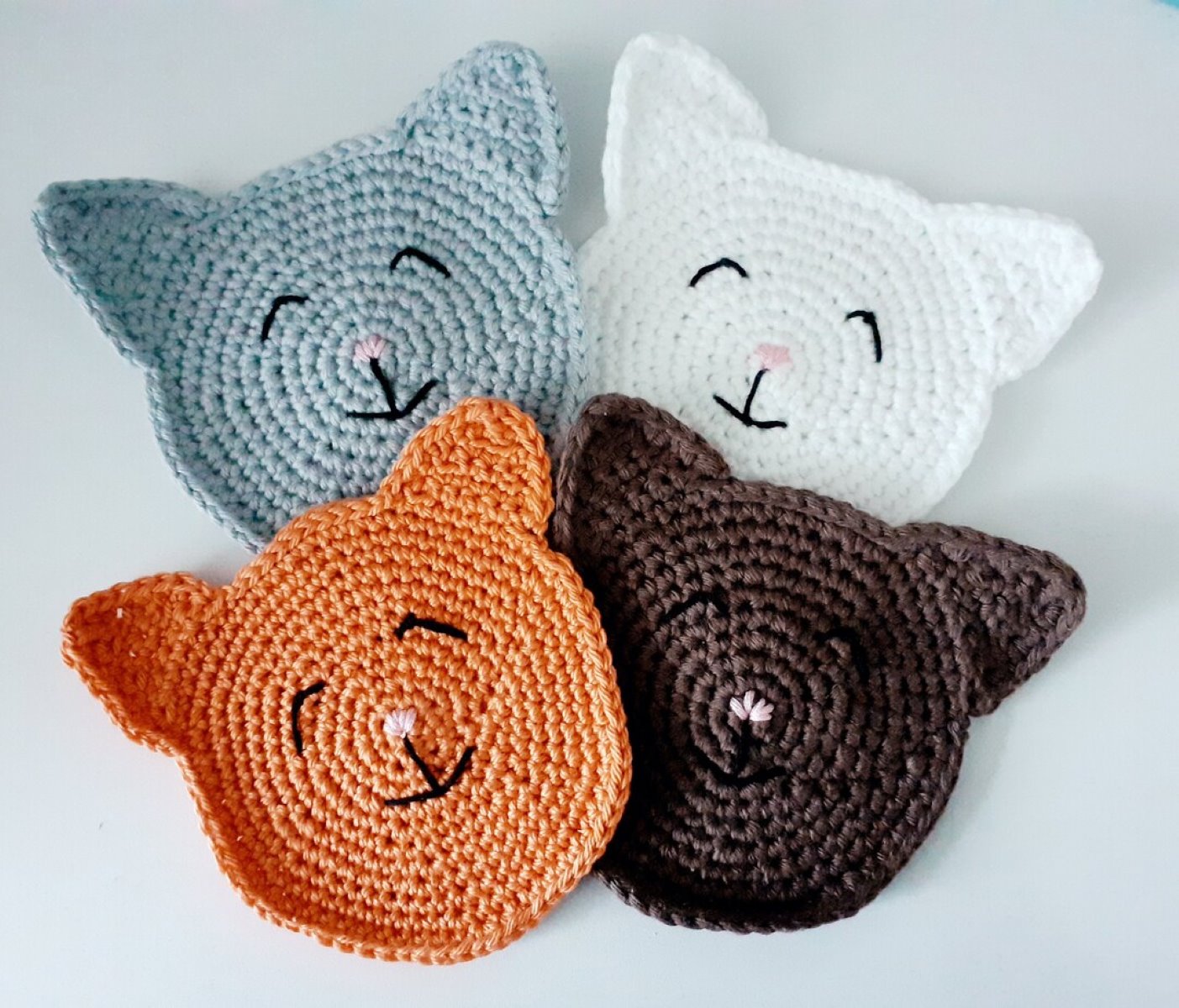
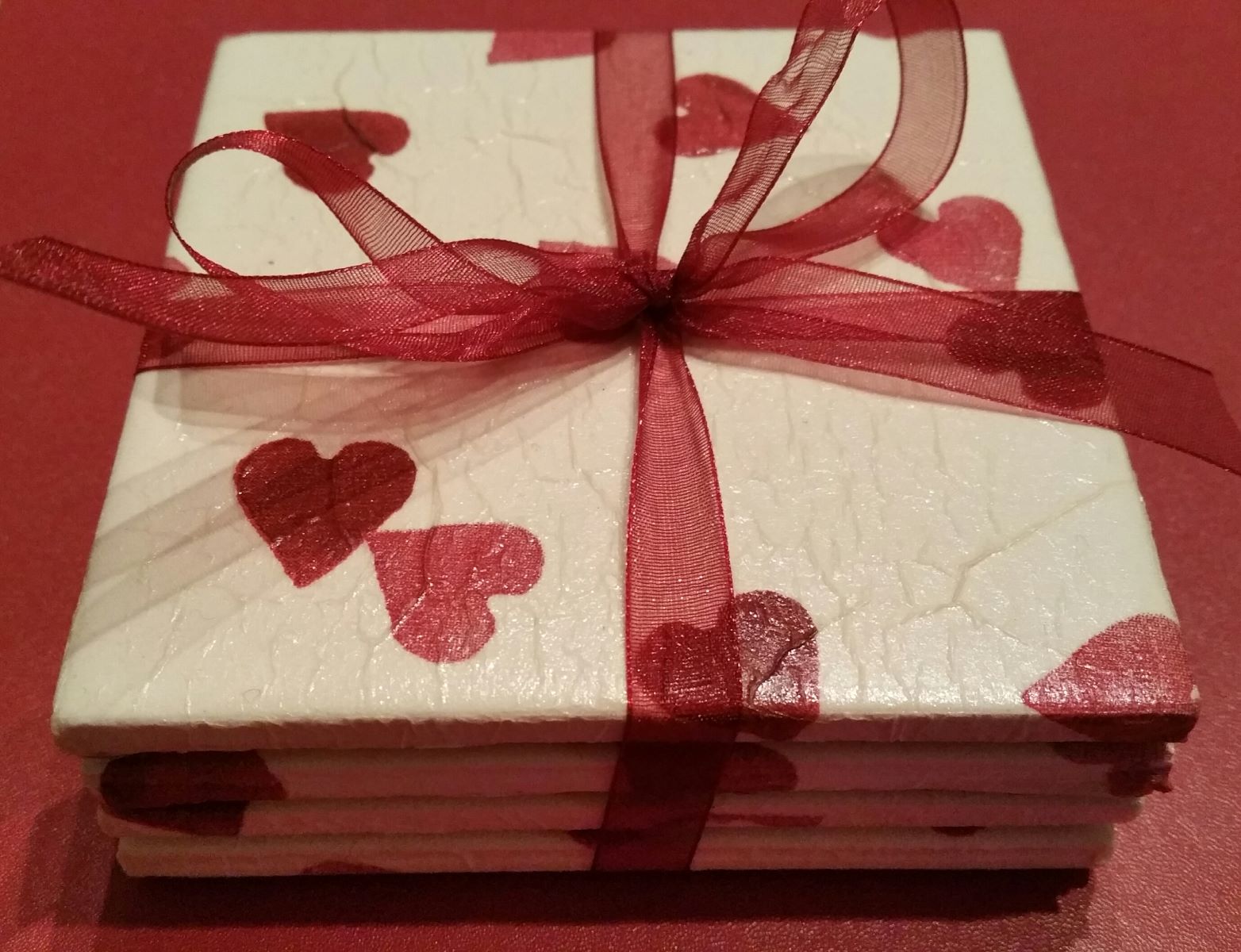
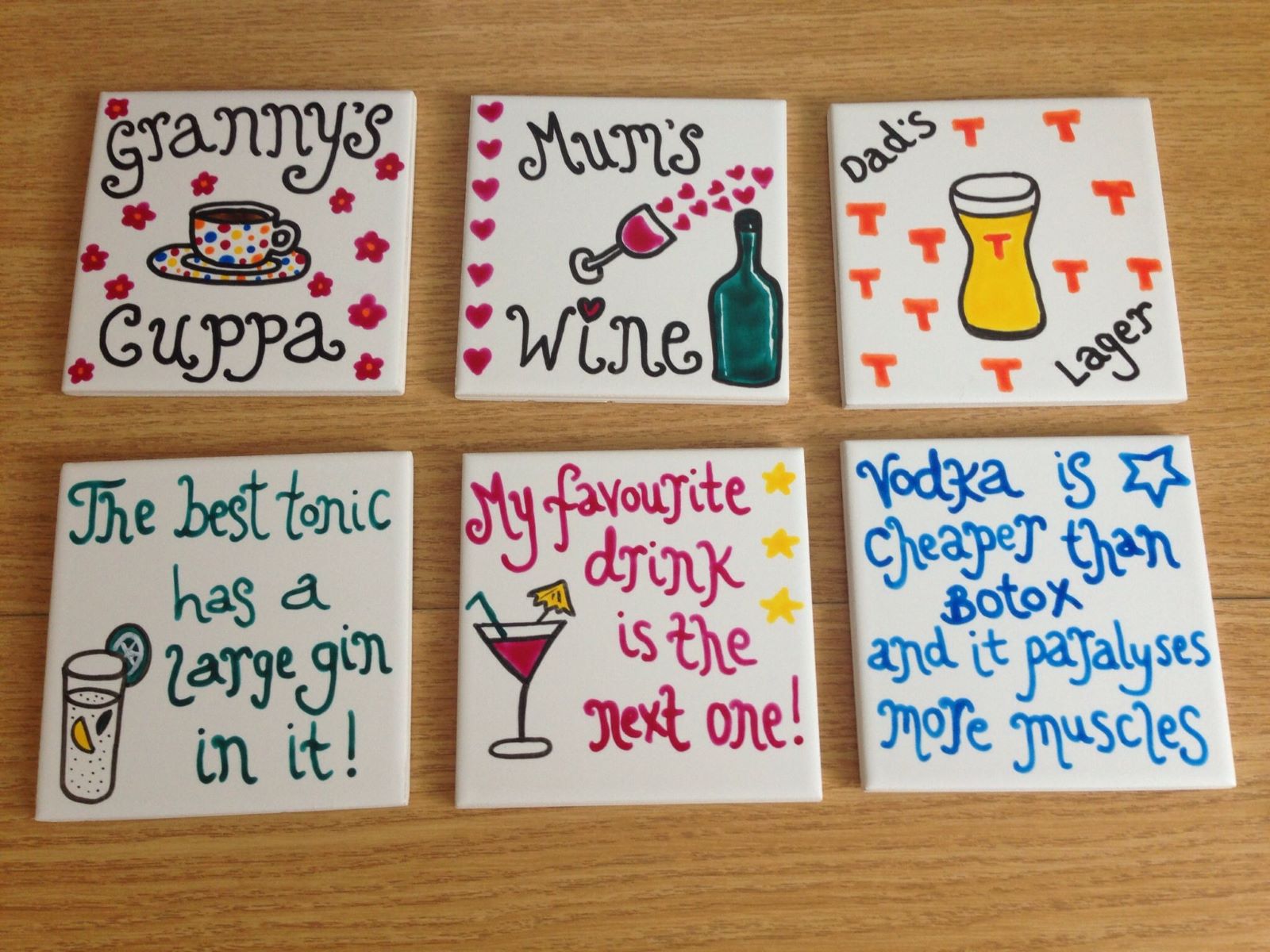
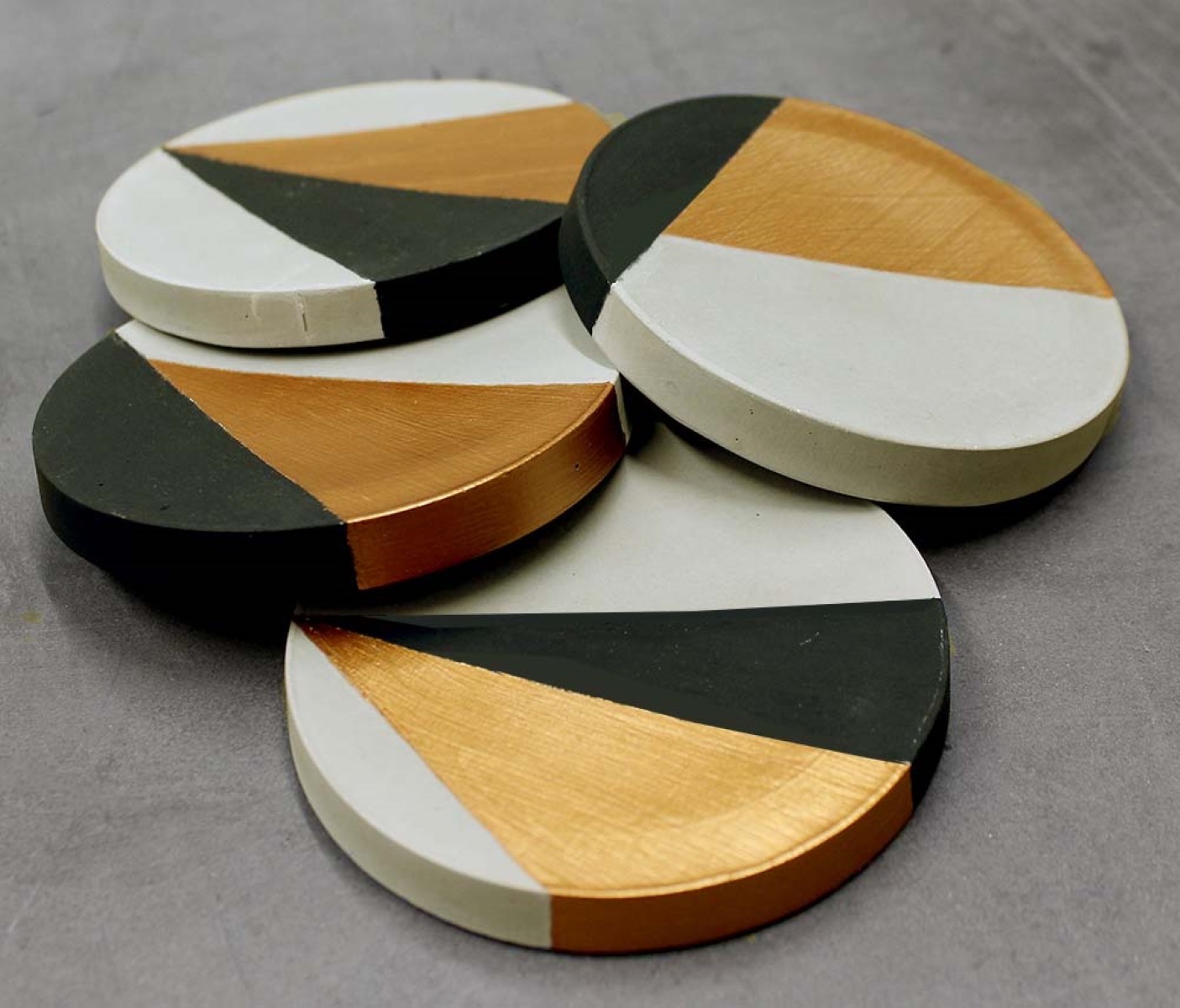

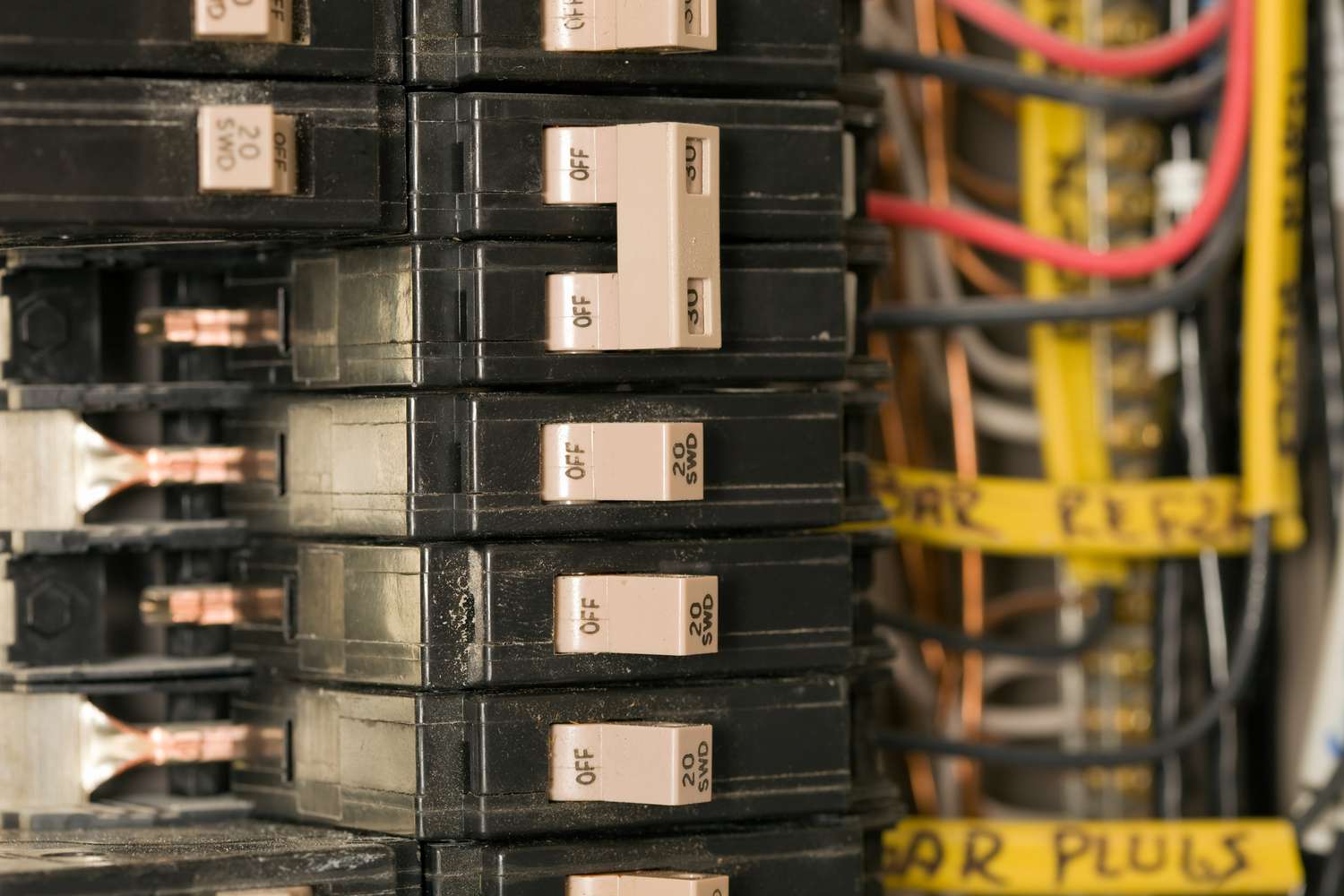
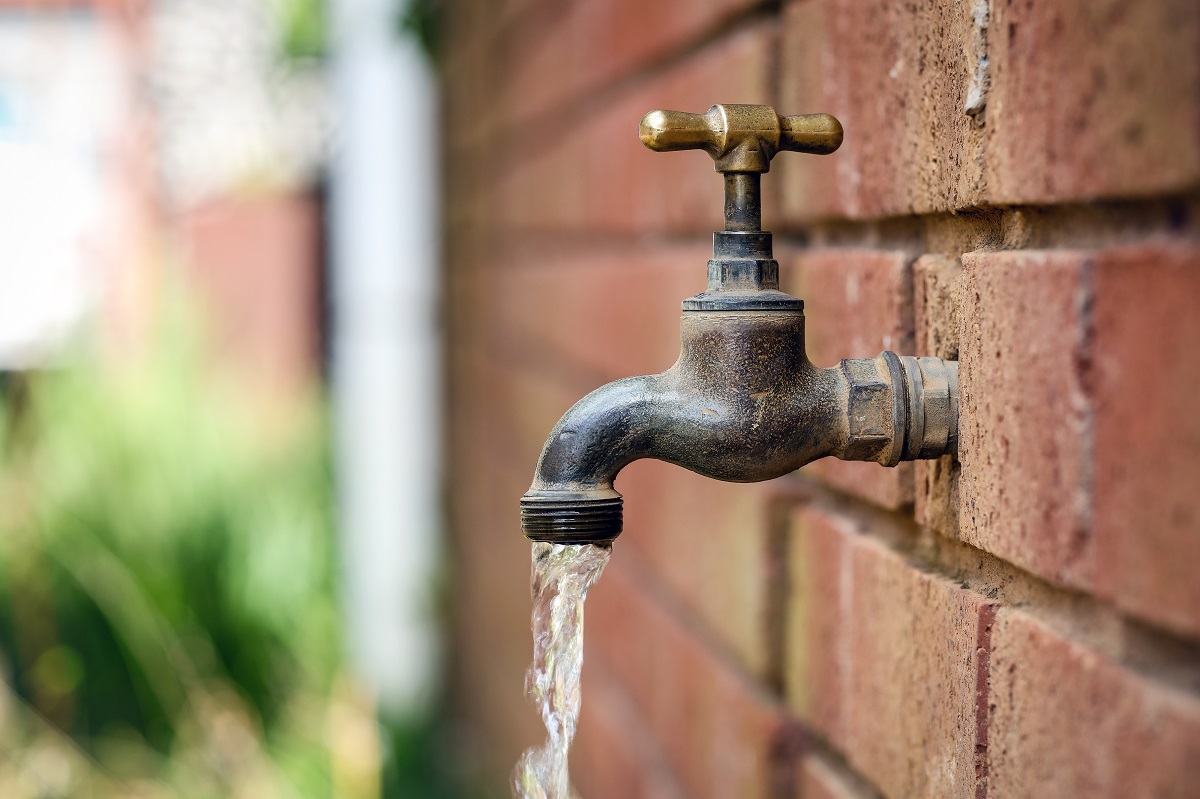
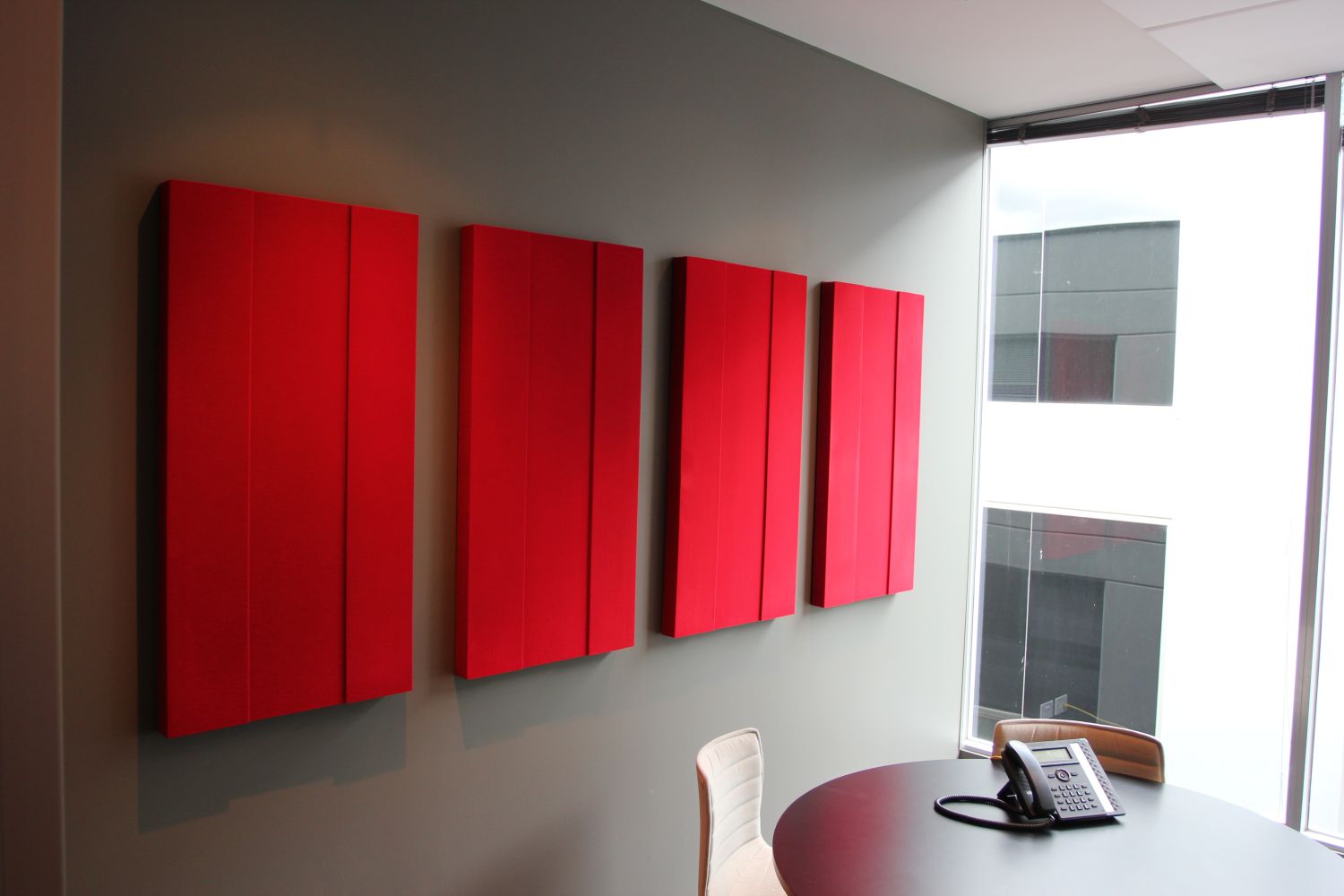


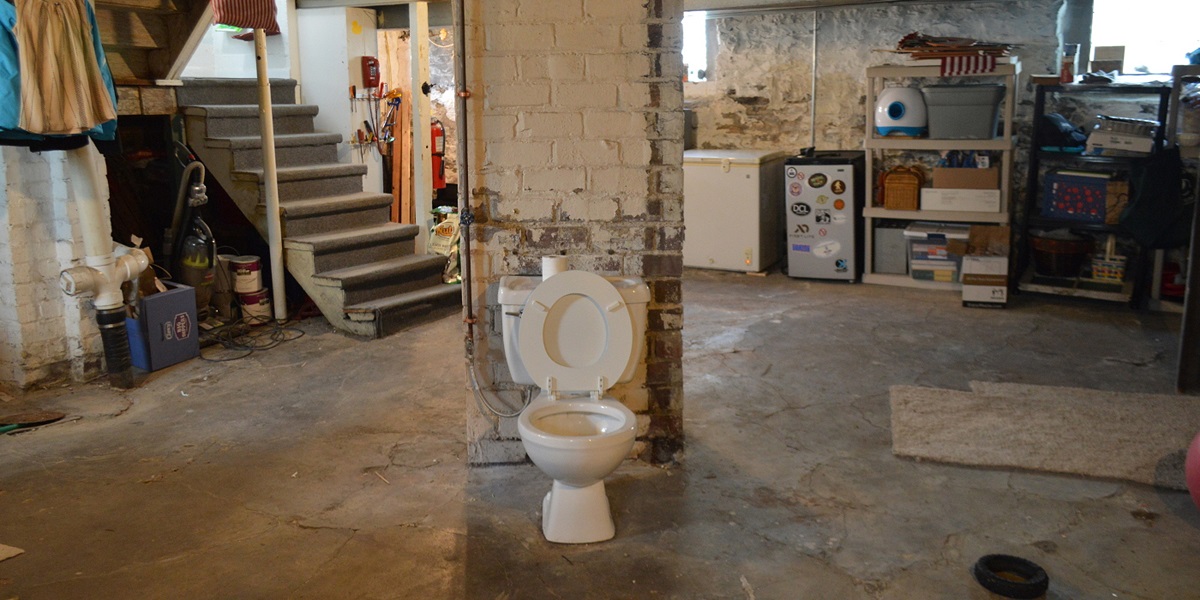

0 thoughts on “How Do Coasters Work”